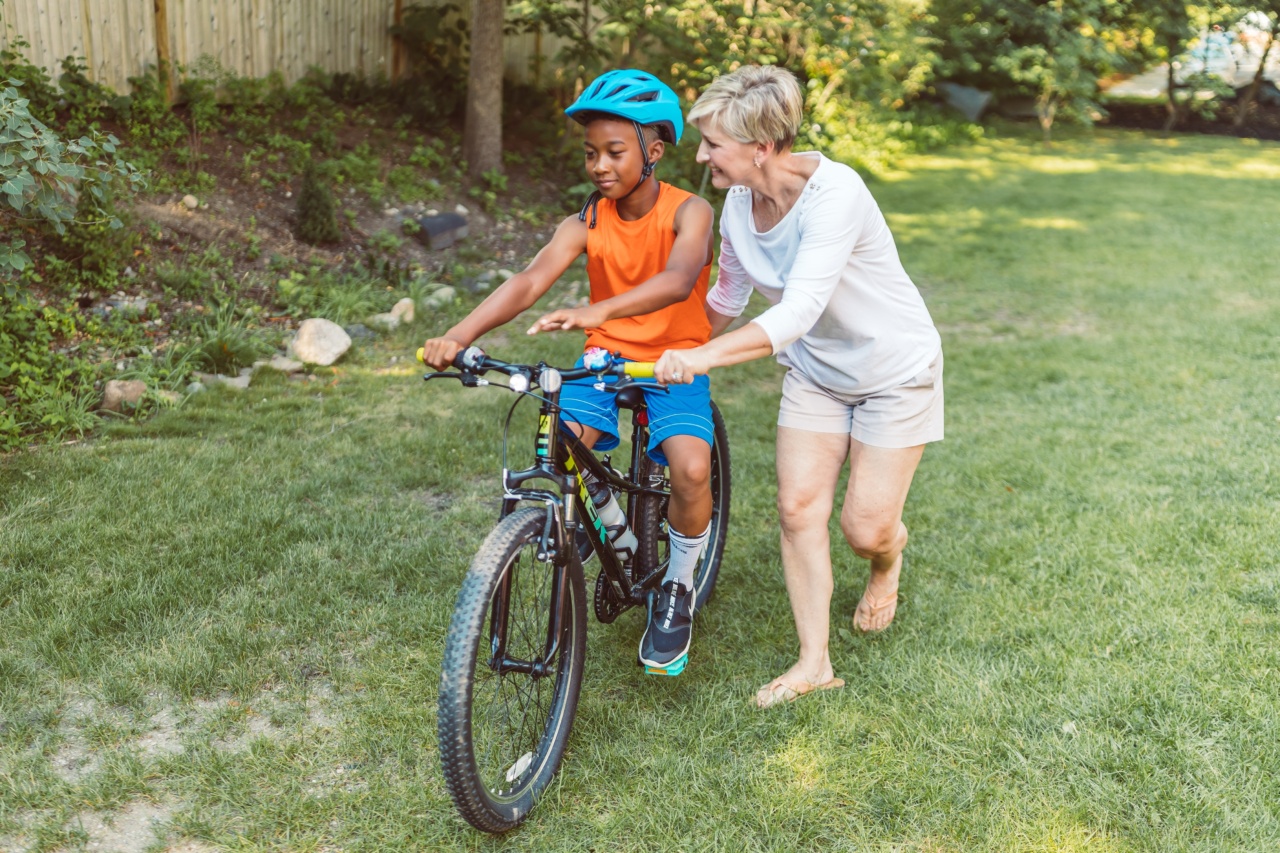Childhood obesity is currently one of the most pressing health concerns for children and parents alike.
According to the World Health Organization, the number of overweight or obese infants and young children aged 0 to 5 years increased from 32 million globally in 1990 to 41 million in 2016. In the United States, childhood obesity rates have tripled since the 1970s, with approximately one in five children now classified as obese. As a parent, it can be difficult to know where to begin when it comes to tackling childhood obesity.
Here are some tips to help you get started.
1. Encourage Regular Physical Activity
Children who engage in frequent physical activity are less likely to become overweight or obese.
The American Heart Association recommends that children between the ages of 6 and 17 get at least one hour of moderate to vigorous physical activity each day. Encourage your child to participate in activities they enjoy, such as playing sports, dancing, or riding bikes. Encourage physical activity over sedentary activities such as watching TV or playing video games.
2. Serve Healthy Meals and Snacks
What your child eats has a major impact on their weight and overall health. Serve a variety of fruits, vegetables, whole grains, lean proteins, and low-fat dairy products. Avoid processed foods, sugary drinks, and snacks high in sugar and fat.
Encourage your child to try new healthy foods and involve them in meal planning and preparation. Offer healthy snacks such as carrot sticks, apple slices, or unsalted nuts.
3. Monitor Portion Sizes
Teach your child to listen to their body’s hunger and fullness cues. Avoid making your child clean their plate if they are already full. Use smaller plates and bowls to help control portion sizes.
Encourage your child to take their time while eating and to put their fork down between bites. This can help them feel more satisfied with smaller portions.
4. Limit Screen Time
The American Academy of Pediatrics recommends that children between the ages of 2 and 5 years have no more than one hour of screen time per day, and children older than 6 should have consistent limits on the amount of screen time they have.
Screen time includes time spent watching TV, using computers, playing video games, and using mobile devices. Too much screen time can lead to a sedentary lifestyle and a higher risk of obesity. Encourage your child to have other activities to do besides using screens.
5. Model Healthy Behaviors
Children learn by example and are more likely to adopt healthy behaviors if they see them modeled by parents and caregivers. Make healthy choices for yourself, such as eating healthy foods and being physically active.
Engage in physical activity with your child and involve them in healthy meal planning and preparation.
6. Get Regular Check-Ups
Regular check-ups with your child’s healthcare provider can help identify any health concerns early on and provide support and guidance for healthy behaviors.
Your healthcare provider can also provide resources and referrals for additional support if needed.
7. Foster Positive Body Image
Encourage your child to appreciate their body regardless of its size or shape. Focus on health and wellness rather than weight or appearance.
Avoid negative comments about your child’s weight or appearance and discourage teasing or bullying from others. Help your child develop a positive self-image and teach them to value their body for what it can do, not just what it looks like.
8. Create a Supportive Environment
Make sure your child has a supportive environment at home and at school. Encourage them to participate in physical activities and provide them with healthy foods and snacks. Support their interests and provide opportunities for them to try new activities.
Encourage positive relationships with peers and adults.
9. Seek Professional Help If Needed
If your child is struggling with obesity, it may be helpful to seek professional help. This may include working with a registered dietitian or healthcare provider to develop a personalized approach to healthy eating and physical activity.
A mental health professional may also be able to provide support for any emotional or psychological concerns related to weight or body image.
10. Celebrate Progress, Not Perfection
Remember that healthy behaviors are a journey, not a destination. Focus on progress rather than perfection. Celebrate small successes and encourage your child to keep working towards their goals.
Be patient and consistent in your efforts to promote healthy behaviors in your family.































